A child or young person I know needs help with…
Bullying

What is bullying?
This is the Anti-Bullying Alliance’s definition of bullying:
The repetitive, intentional hurting of one person or group by another person or group, where the relationship involves an imbalance of power.
Bullying is often aimed at certain people because of their race, religion, gender or sexual orientation or any other aspect such as appearance or disability.
Bullying can take many forms including:
- Physical – for example: pushing, poking, kicking, hitting, biting, pinching
- Verbal – for example: name-calling, sarcasm, spreading rumours, threats, teasing, belittling.
- Emotional – for example isolating others, tormenting, hiding books, threatening gestures, ridicule, humiliation, intimidating, excluding, manipulation and coercion.
- Sexual – for example unwanted physical contact, inappropriate touching, abusive comments, homophobic abuse, exposure to inappropriate films
- Online/cyber – for example: posting on social media, sharing photos, sending nasty text messages, social exclusion
Not all friendship fallouts are bullying – sometimes professionals use the term ‘relational conflict’.
How to respond to bullying
The DfE produced guidance for all schools in 2017, this outlines the government’s approach to bullying, legal obligations and the powers that schools have in regard to preventing and tackling bullying.
Every school must have measures in place to encourage good behaviour and prevent all forms of bullying, both inside and outside of school (including online). These measures must be communicated to all pupils, school staff and parents/carers. Some schools choose to include this information in their behaviour policy, others choose to have a separate Anti-Bullying Policy. It is important to work with parents and carers when responding to bullying.
All staff in schools should consider the context within which incidents and/or bullying behaviours occur. Schools/professionals should consider the motivations behind the bullying behaviour and whether it reveals any concerns for the safety and welfare of the target. The child who has displayed bullying-type behaviours should also be supported.
Witnessing or being a bystander to bullying incidents may also affect a child’s well-being. School staff/professionals should proactively support those children in processing their experiences too.
The Anti-Bullying Alliance propose a 3-step model for schools responding to bullying [PDF].
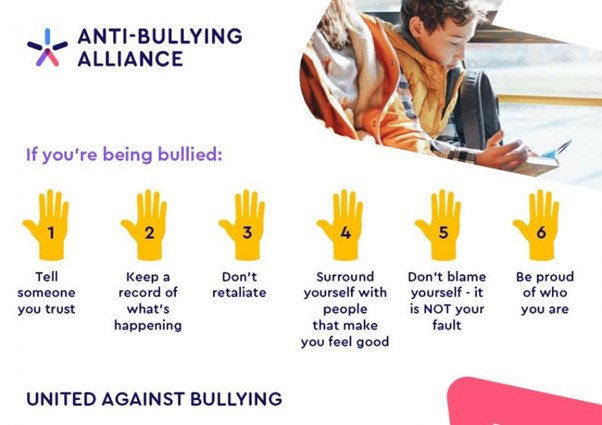
Things to think about when creating a written record
It is helpful to build a timeline outlining information about the bullying incidents, the dates of those events, the individuals involved, and the child’s account of the event.
If applicable, be sure to include any screenshots/pictures, medical records/reports if there was treatment for physical injuries as well as any psychological assessments from mental health, (police) reports or audio recordings.
See the anti-bullying alliance’s top tips when recording bullying.
Get Help Now!
Here are a list of services that can help. The icons below tell you the type of support available.
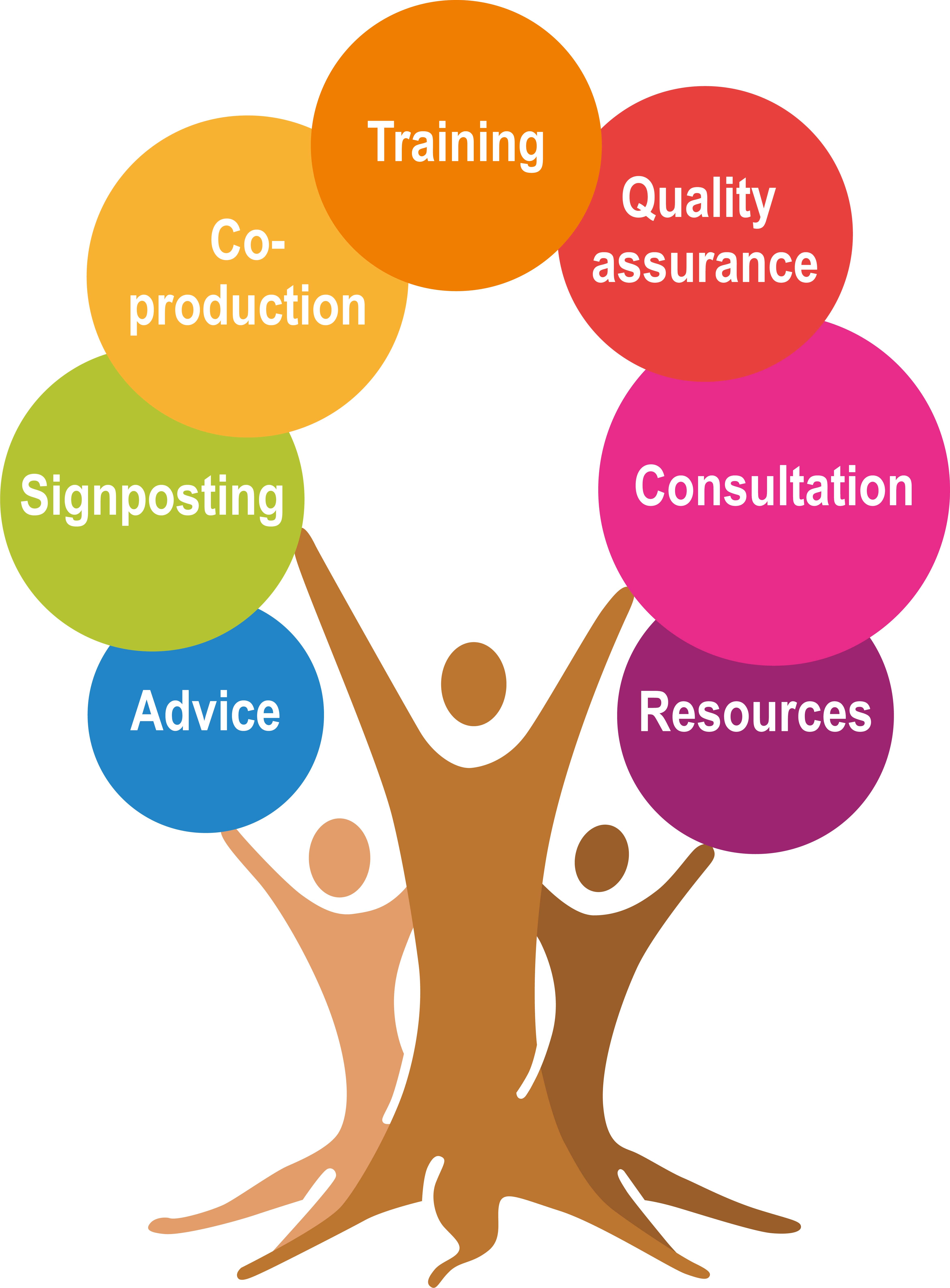
Tackling Emerging Threats to Children Team

EACH - Educational Action Challenging Homophobia

Victim Support

National Bullying Helpline

Talking Therapies
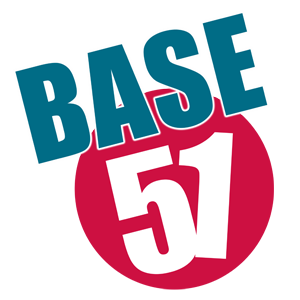
Base 51
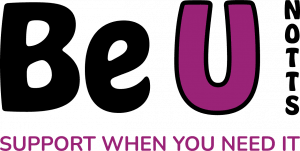
Be U Notts
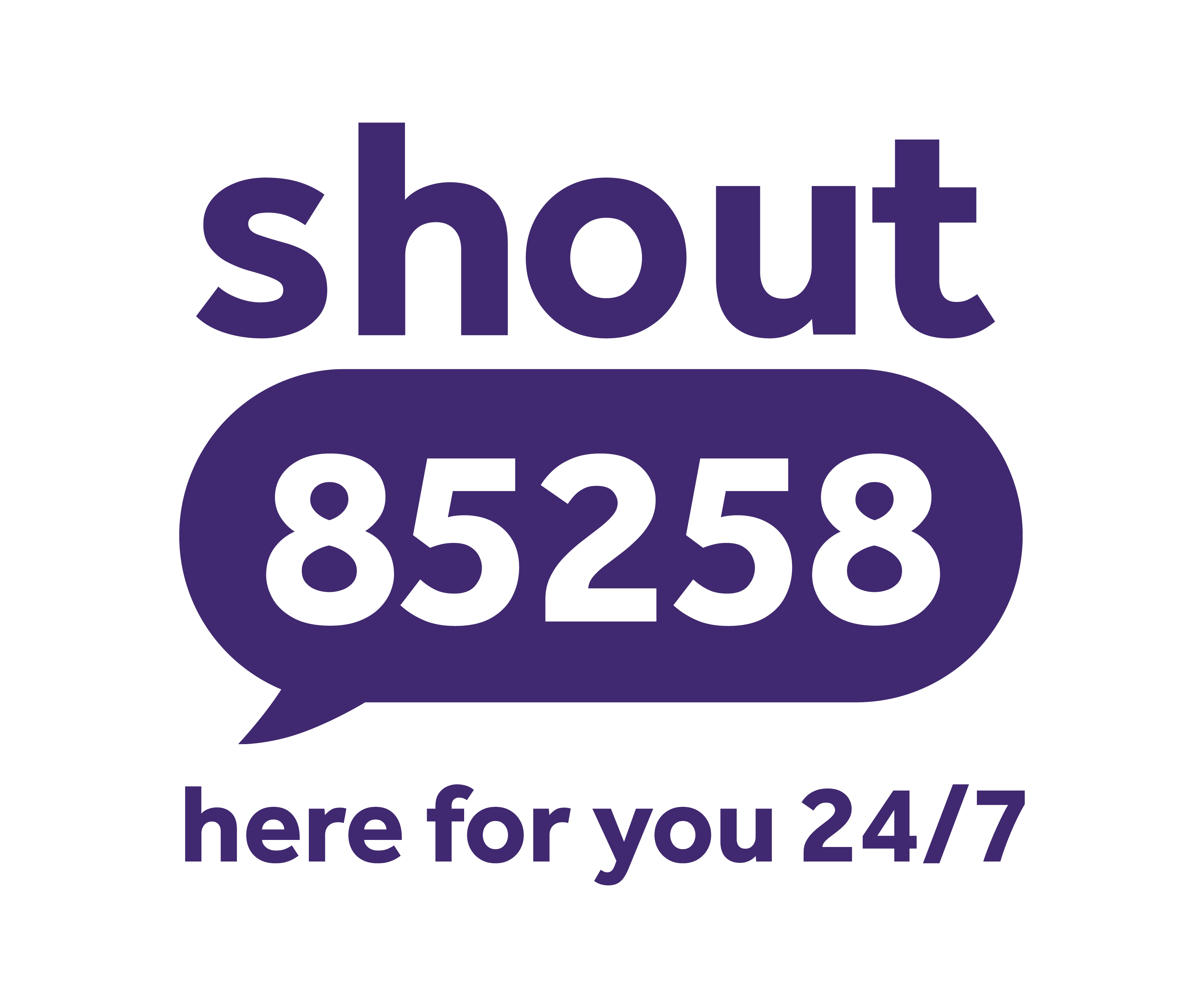
SHOUT
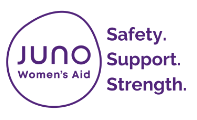
Juno

Nottinghamshire Women's Aid

Equation

Nottinghamshire Independent Domestic Abuse Service

Refuge

Talkzone

Kooth
Which services can I access?
Some of the services available operate only within city or the wider county area. Pop your postcode in below to quickly check which services are available to you
Related topics
-
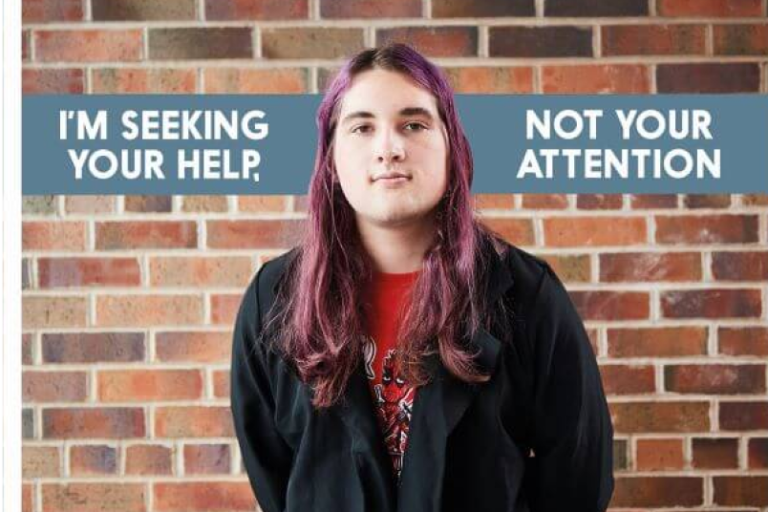
Self Harm
Self-harm, or self-injury, describes a wide range of things people deliberately do to themselves that appear to cause some kind of physical hurt. It can be very hard for parents and carers to know about – or witness – self-harming behaviour in their children.
-

Exam Stress
Stress is common during exam time when you can feel lots of pressure to do well and get good marks.
-
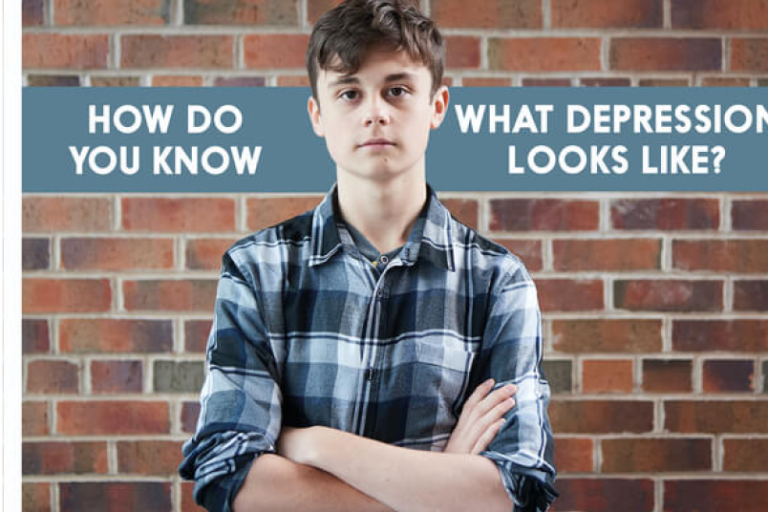
Depression or Low Mood
Everyone has ups and downs. Sometimes you might feel a bit low, for lots of different reasons. People may say that they are feeling depressed when they are feeling down, but this does not always mean that they have depression.